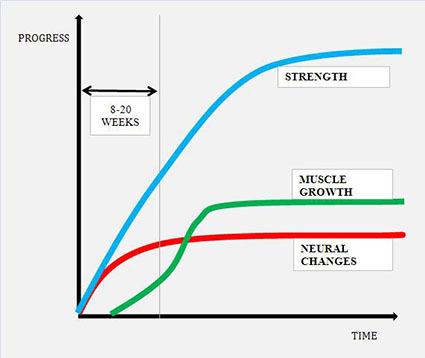These Multitasking Foods Build Your Bones, Cleanse Your Body, And Give You More Energy. Are You Eating Them?
In today’s world, we’re all multitasking. It seems like the only way
to get anything done, and it’s become an integral part of society.
Nonetheless, it can get aggravating and leave you feeling frazzled.
Besides, multitasking is not always the most productive approach.
Foods, however, are natural multitaskers that get things done without any stress or aggravation on your part.
In fact, it’s just the opposite: multitasking foods build your bones,
cleanse your body, and give you tons of energy. That’s a lot on your
“plate,” so to speak!
The Best Multitasking Foods
All vegetables have something healthy to offer, and you’ll find a
complete discussion of bone-healthy veggies in Chapter 11 of the Save
Our Bones Program. But there’s one group of vegetables that deserves
special recognition for their multitasking abilities. They are…
Cruciferous Vegetables: Foundation Foods That Provide Multiple Benefits
Cruciferous vegetables include foods you’re probably quite familiar
with. They are readily available and many are coming into season this
fall and winter. Here are the most common cruciferous vegetables:
- Arugula
- Bok choy
- Broccoli
- Brussels sprouts
- Cabbage
- Cauliflower
- Chinese cabbage
- Collard greens
- Daikon radish
- Horseradish
- Kale
- Kohlrabi
- Land cress
- Mustard greens
- Radish
- Rutabaga
- Shepherd’s purse
- Turnip
- Watercress
These are just some of the bone-healthy, delicious vegetables in this
group, and they are all Foundation Foods in the Save Our Bones Program.
You’ll find a complete Foundation Foods chart in Chapter 9 of the
Program, including many more cruciferous veggies.
What Makes Cruciferous Vegetables So Good at Multitasking?
There are 3 major tasks that these vegetables perform, and they do so
via special plant chemicals and bone-healthy nutrients. I’ll explain.
Task #1: They Build Your Bones
There’s no doubt that cruciferous vegetables are good for your bones.
They are chock-full of Foundation Supplements, which are bone-healthy
nutrients found in whole foods. For example:
- Cabbage is an excellent source of Vitamin C, calcium, silicon, and polyphenols.
- Broccoli offers calcium, boron, Vitamins K and C, and flavonoids.
- Brussels Sprouts provide Vitamins K and C.
- Cauliflower boasts Vitamin C, B-complex vitamins, and magnesium.
- Kale gives you Vitamin K and calcium.
All of these nutrients are Foundation Supplements because of their
exceptional role in building and maintaining healthy bone. So when you
eat these cruciferous vegetables, you can check task #1 off your list!
Task #2: They Cleanse Your System
One of the most important first steps you can take on your bone
health journey is to cleanse your system. Why is this so important?
If you’ve taken osteoporosis drugs for any amount of time, it makes
sense to get those toxic substances out of your system as soon as
possible. And even if you’ve never taken osteoporosis drugs, you’ll greatly jump- start your bone-building success with a cleanse. And cruciferous vegetables are key players in this process. That’s because they contain…
D-Glucarate, a Crucial Phytochemical
D-glucarate works by suppressing an enzyme called beta-glucuronidase.
This enzyme inhibits the detoxification process on a cellular level,
but when it’s suppressed by d-glucarate, toxins are free to be flushed
from the body and cells are protected from damage.
Amazingly, all cruciferous vegetables naturally contain this phytochemical. That takes care of task #2.
Task #3: They Give You More Energy
Eating plenty of fruits and vegetables of any variety can boost
energy and help you feel good. But cruciferous vegetables really shine
in this area. Their energy boost comes from special plant compounds
called isothiocyanates.
Isothiocyanates contain sulphur, and are responsible for that
distinctive cruciferous flavor. They boost energy by activating a
protein called Nrf2. This protein generates the cell’s powerhouse called
mitochondria, which actually produce an energy transporter called
adenosine triphosphate (ATP).
Having lots of mitochondria is a good thing, because they convert
glucose into a form of energy that your muscle cells can readily use.
And if your muscles are performing well, it means less fatigue.
This is great news, but there’s more to muscles. You see, muscles
need to be used for optimal performance – and so do your bones.
Muscles and Bones Work Together
Strong muscles put healthy pressure on bones. Bones increase in density when they are exposed to weight-bearing
exercise. The more force you put on a bone, the more it responds with
increased density. This concept is explained in Wolff’s Law, which
states that bone is generated and changed in response to the forces of
muscle and gravity.
A good workout program will help you build and tone your muscles so that they are more
effective at building your bones.
Article contributed by
V.Goldshmith, MA







